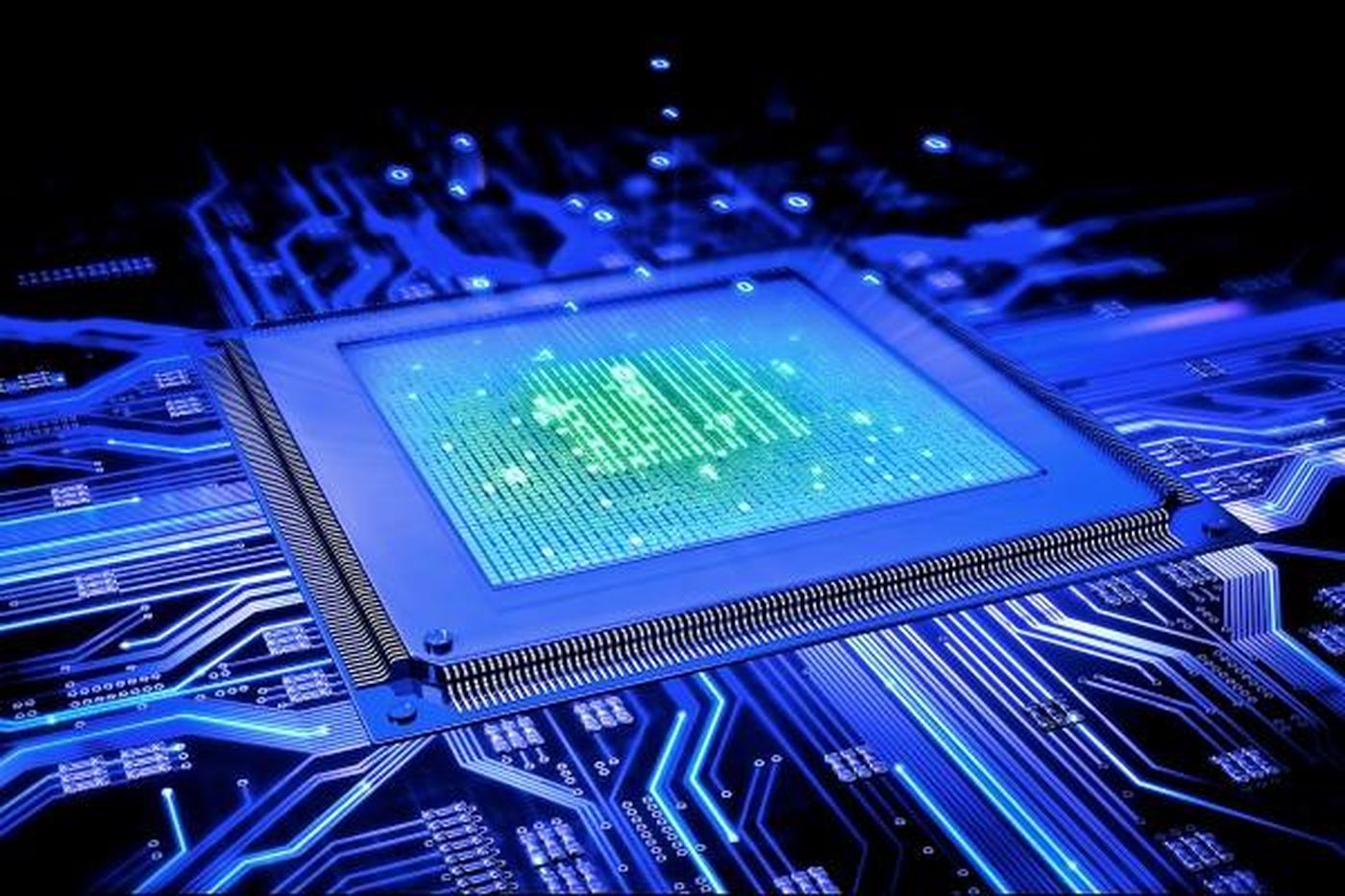Researchers pave way for first superconducting computer
Towards computers hundreds of times more powerful than our current machines? Dutch researchers from theDelft University of Technology (Netherlands) have developed a “non-superconducting barrier” which certainly paves the way (counterintuitively) to the very first superconducting computer.
In theory, a superconducting computer could conduct electricity extremely quickly through electronic circuits without any loss of energy – as a reminder, a superconductor is a metal or an alloy which, at a critical temperature close to absolute zero, offers no resistance to the passage of electric current -, but this model clashed with the basic principles of physics and electricity: in a superconducting alloy, electrons move in all directions, while the electrical signal is one-way. Besides, the big IBM himself and his overqualified engineers failed to create the first superconducting computer in the 1970s.
Scientists at the University of Delft have however touched the holy grail by developing Nb3Br8, a material a few atoms thick which serves as a “non-superconducting barrier” and would thus be able to direct electrons in a defined direction, which which is the condition sine qua non to obtain binary information (0 when the current is not flowing, and 1 when the current is flowing). Is the reign of the semiconductor coming to an end?



